Stories:
'uMhlanga Lagoon Deathly Waters’
On Friday 16th July, after hearing rumours that dead fish and crayfish were littering the uMhlanga Lagoon and beaches in uMhlanga and UmdIoti, I decided to drive to the area and find out what was happening.
At the entrance of the uMhlanga Lagoon, I met with Cllr. Rory Macpherson (DA) who’s trying very hard to assist and control the situation.
Mr Macpherson informed me that on Monday 12th July, the looting of a factory in the Cornubia area had led to multiple fires, including a warehouse [UPL] storing pesticides and other farming chemicals.
While the firefighters tried to fight the blaze started by riots, the polluted water ran down through stormwater drains reaching the river system and into the local uMhlanga Lagoon, killing all marine life.
The team of Spill Tech was now at the lagoon trying to prevent the polluted water from entering the ocean.
After spending some time at the lagoon taking pictures of the dead fish being removed by the Spill Tech team, I went to observe the factory.
At the factory site, which was still smouldering, Drizit Spill Technologies Oil and Chemical Pollution control were busy cleaning the debris and spill. All fire hydrants in the immediate area had been destroyed by the rioters, adding further challenges to an already exacting situation.

On Tuesday 20th July, the factory is still smouldering, and the chemicals continue to pour into the river and the ocean. A strong chemical smell has also penetrated the air.
A large informal settlement is located next to the highly contaminated area. Residents of the uMhlanga area have reported intense chemical fumes, while surfers have complained of skin burns.
The area directly surrounding the polluted rivers and soil, is all sugarcane fields. On Wednesday 21 July, sugarcanes workers were busy cutting and harvesting those contaminated sugar canes and having their lunches next to the riverbeds.
High scale chain contamination is possible from the use of animal products from animals grazing on areas affected the polluted river and other toxins in the air and soil.
CONTAINING THE UNFOLDING DISASTER
There have been lots of discussions among various environmental entities on how to control and assist the situation. Some agree that blocking the river water from flowing into the sea will help to isolate the disaster area and contain it from further polluting the sea. Others advised to let the polluted water flow into the ocean and be diluted by the power of the sea.
The environmental entities in charge have collected water and sediment samples from the polluted rivers in the area, and they are now waiting for results on the toxic components.
uMhlanga Lagoon has turned turquoise, and its ecosystem is entirely dead. Despite all the efforts of the cleaning services, this environmental disaster is not yet contained or under control, and the aftermath has just begun. Birds have now started feeding on the contaminated fish and other sea life, and it’s just the beginning of a long-term chain of environmental catastrophe.
According to other sources assisting with the situation, at this stage the scale and proportion of contamination as well as health risks for humans, etc, is unknown.
On my last visit to the affected areas (Wednesday 21 July), I noticed several containers full of dead wildlife. What is going to happened to it and how is it going to be disposed of?
Spill Tech is trying extremely hard to clean up and remove the contaminated water that is still flowing into the water system and into the rivers. I was informed by someone on site that approximately 90 000 litres of contaminated water is pumped from the rivers every day and stored in tanks whilst waiting for further instructions on how to treat it or dispose of it.
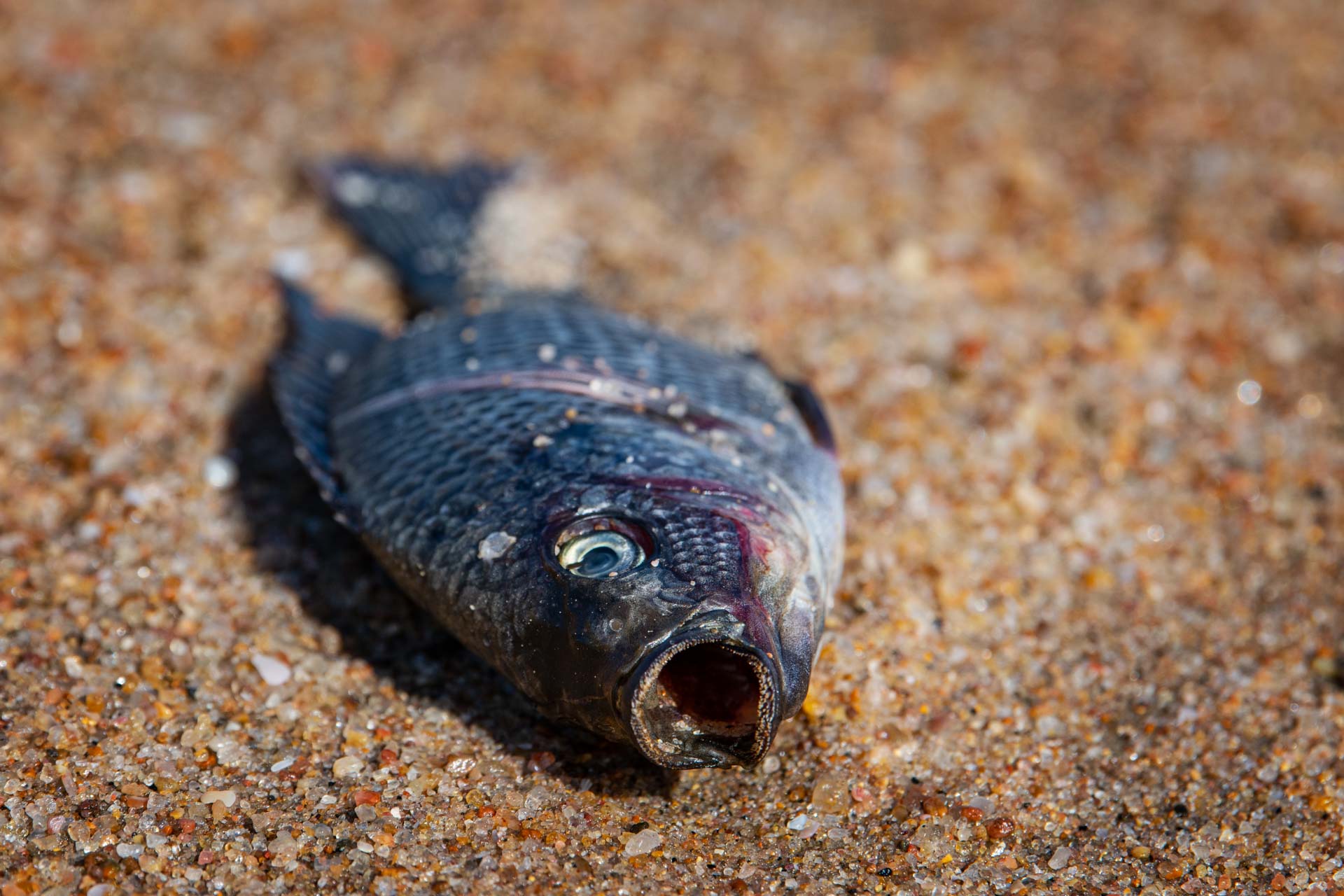
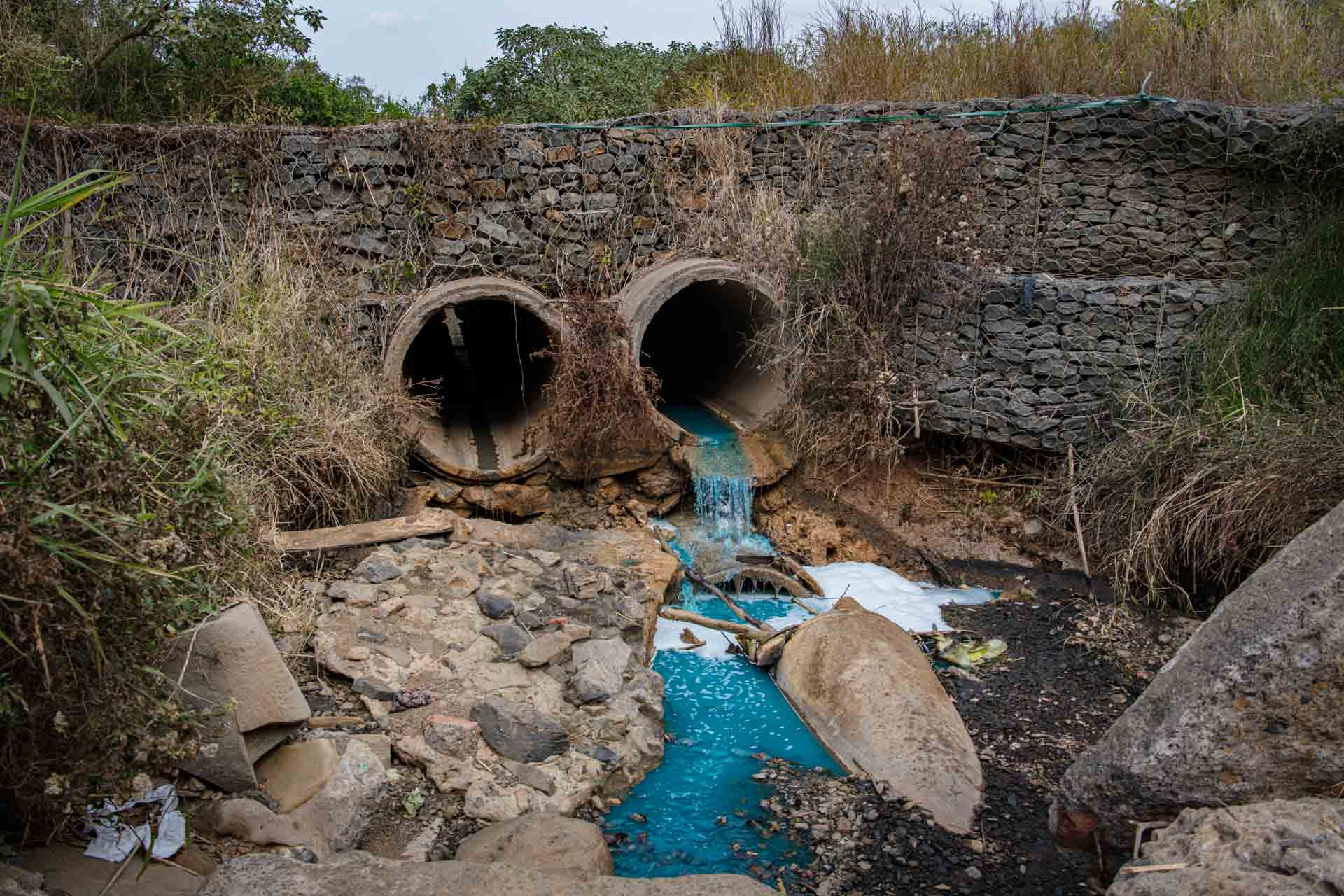
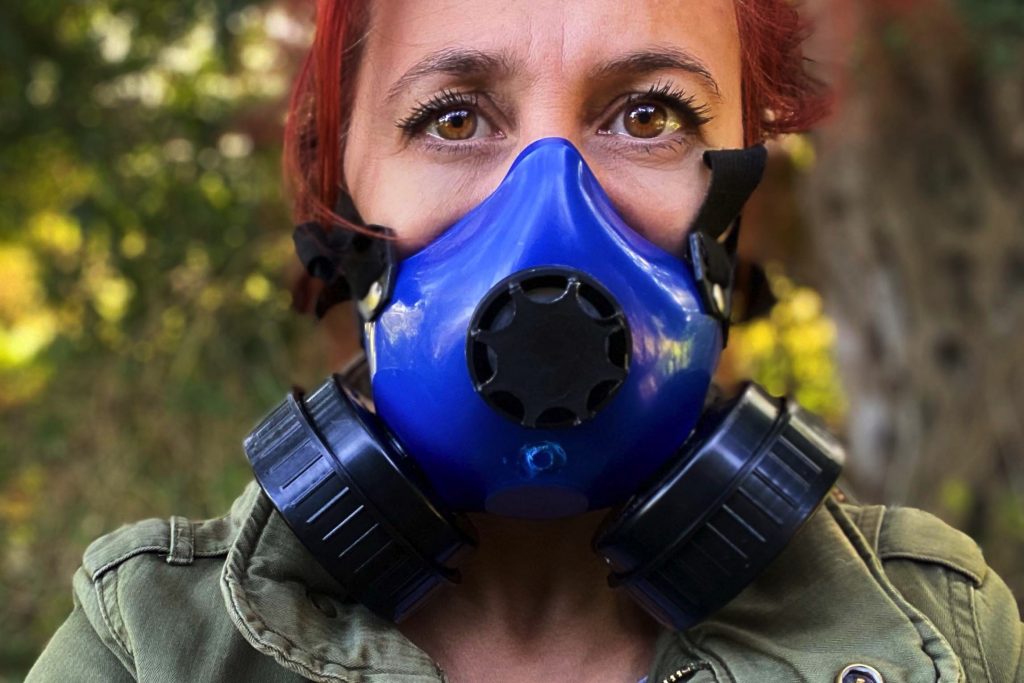
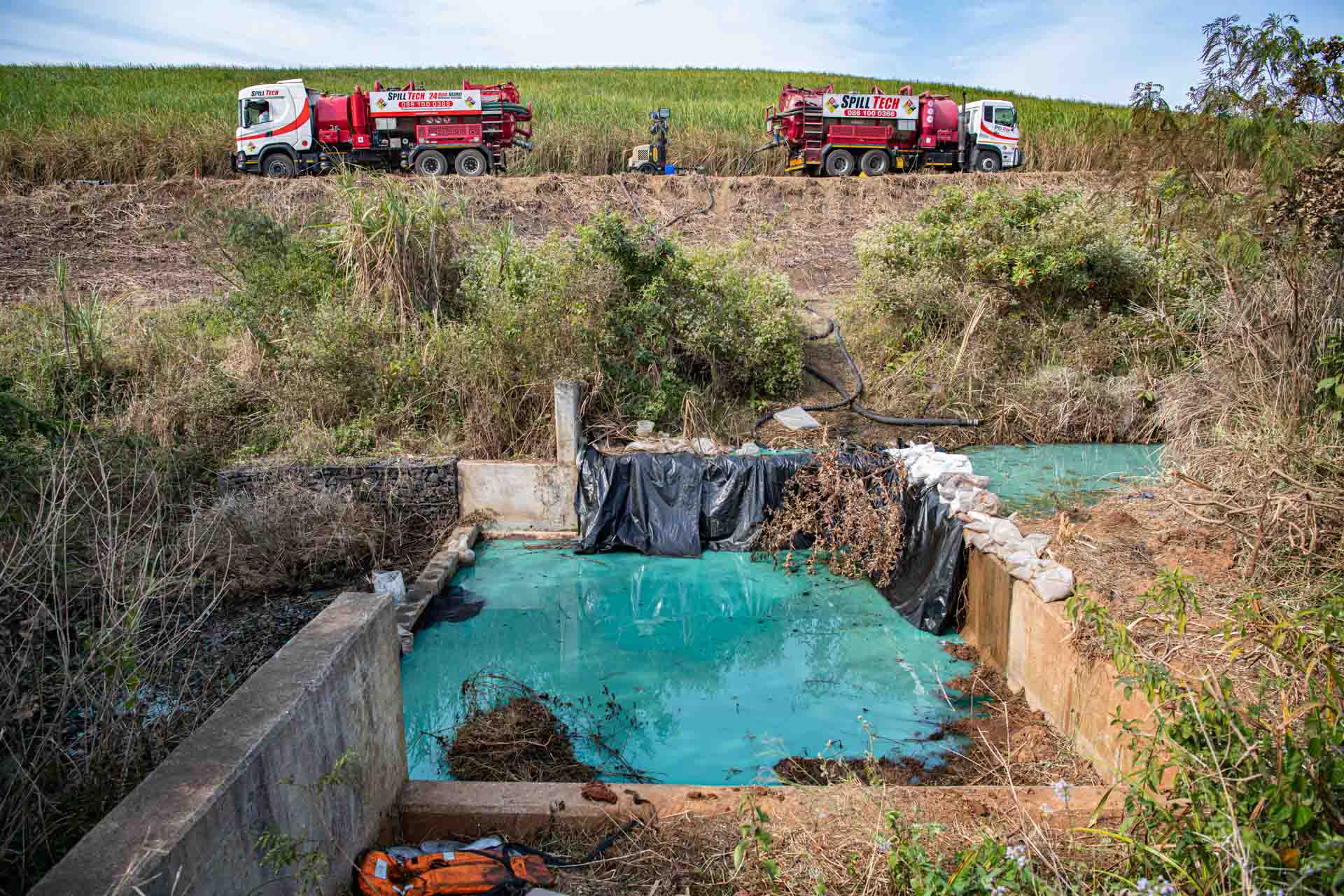
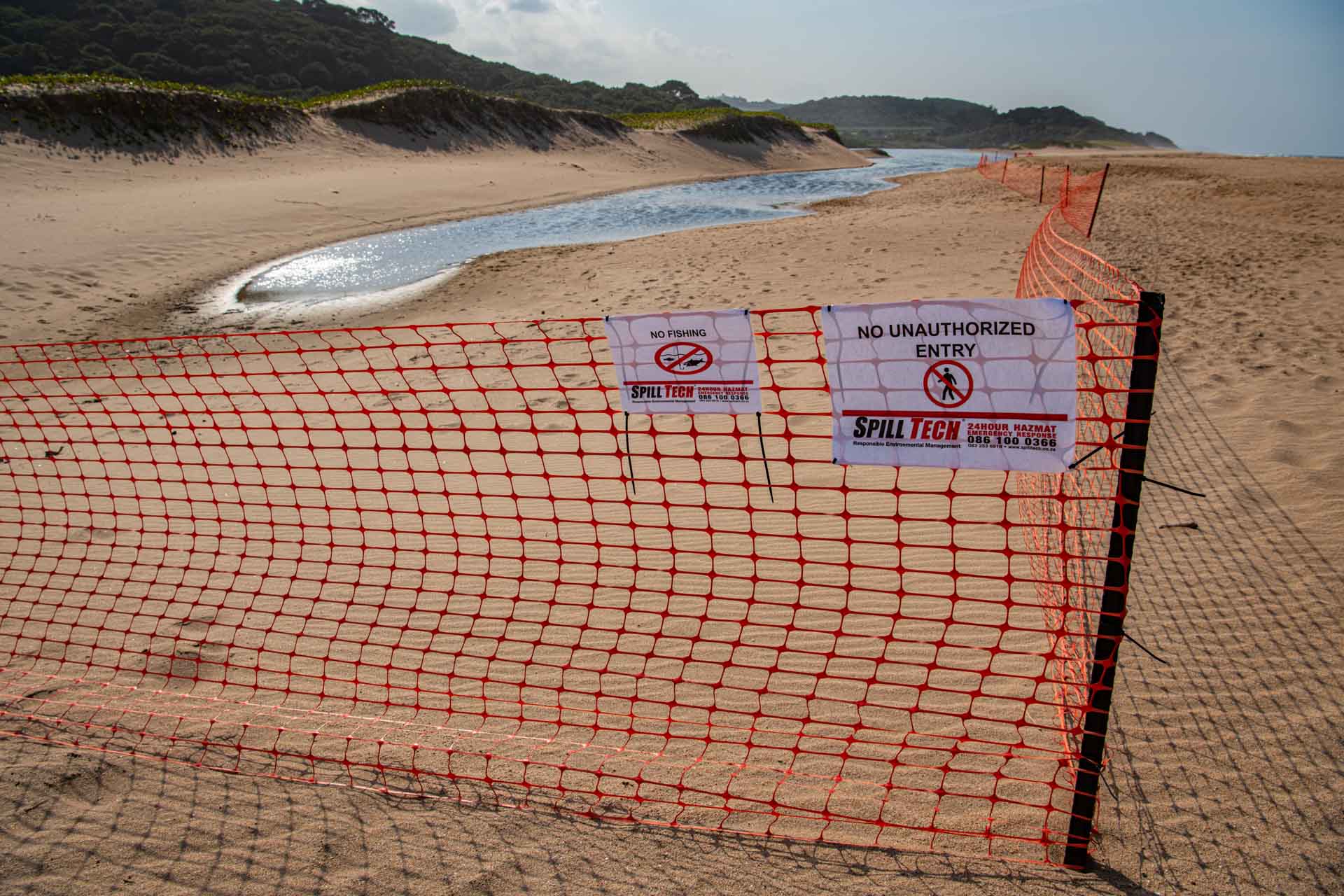
South African authorities urge the public to refrain from picking up and collecting dead marine life off the Umdloti and uMhlanga coastline. They have been contaminated with toxic chemicals and could be harmful to humans.
The public is also reminded that the beaches north of the Umgeni River are closed as a precautionary measure. The public is also advised to refrain from recreational activities, including fishing or surfing, bait collection, and picking up dead species.
Collecting or harvesting any marine living resource in the area is temporarily prohibited until the cause is determined and the threat has diminished.
A specialised chemical clean-up company has been appointed to clean up the spill as well as any contamination, including the marine life. Special clean-up crews are on-site to deal with the collection and disposal of dead marine and bird life in a responsible manner.
Authorities are continuously monitoring the area to determine the extent of the impact of the spill. Thus far, there has been fish kill only in the uMhlanga Estuary and beach area and Umdloti beach.
The fish kill follows the toxic chemical spill into the uMhlanga Estuary after a chemical warehouse was burnt down during this week’s unrest. Based on specialist advice, the river mouth has been left open to help dilute the contamination in the lagoon.
UPDATE [23 August 2021]
Six weeks after deadly toxins from the fire of the UPL warehouse were released into the air, ground, Ohlanga river systems, uMhlanga Nature Reserve and into the Indian Ocean, and still no answers.
*What investigations have been conducted as to the cause and effect of this disaster, and if none, why there has been no investigation?
*How much toxic waste has been collected in the clean up of the site, and how is such waste being disposed of, and where, and by whom?
*What has happened to the tons of dead marine life collected and disposed of, and where and how such disposal took place?
*Has any testing been ordered to establish the cause of the death of marine life?
*What air quality samples were taken and tested, and what were the results of those tests?
*Why was the chemical storage facility allowed to be constructed and maintained within such close proximity to residential areas, schools, and river systems?
And of utmost importance:
*What steps have been taken to assess the impact of the fire and continued contamination on the drinking water utilised by the public; the effects on surrounding agricultural activities, specifically the neighbouring sugarcane fields currently being harvested for public consumption?
Due to the unknown cocktail of chemicals that have contaminated the area, EThekwini Municipality still maintains a public reminder that the beaches north of the uMngeni River, including Durban North beach up to Salt Rock, will remain closed until further notice.
OTHER RELATED NEWS:
https://www.dailymaverick.co.za/article/2021-08-17-here-it-is-the-toxic-stockpile-of-chemicals-in-torched-united-phosphorus-limited-durban-warehouse/
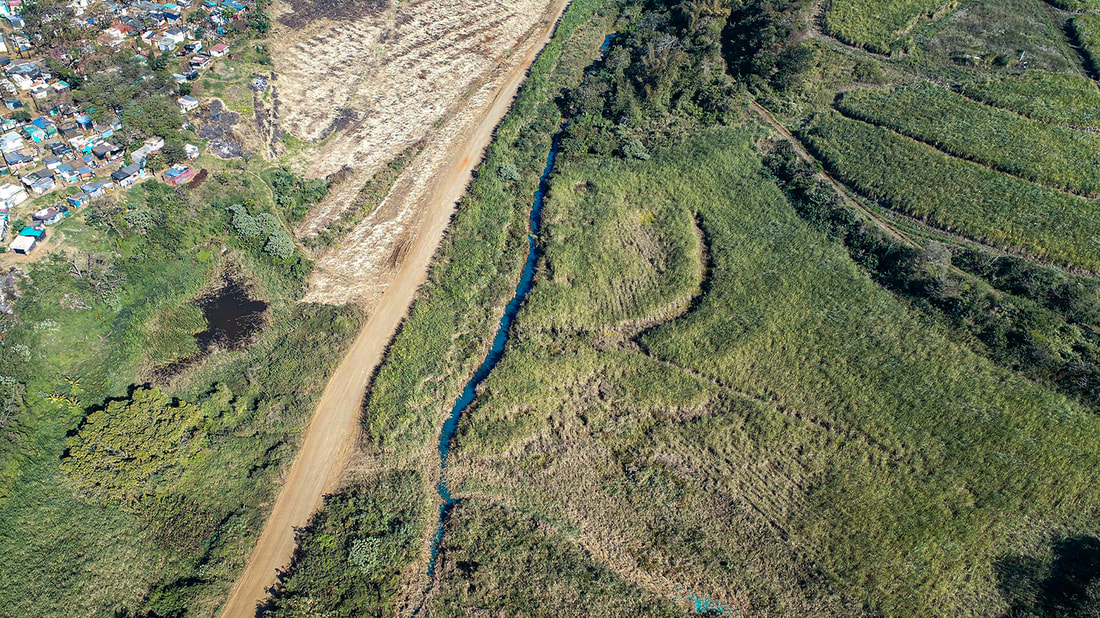
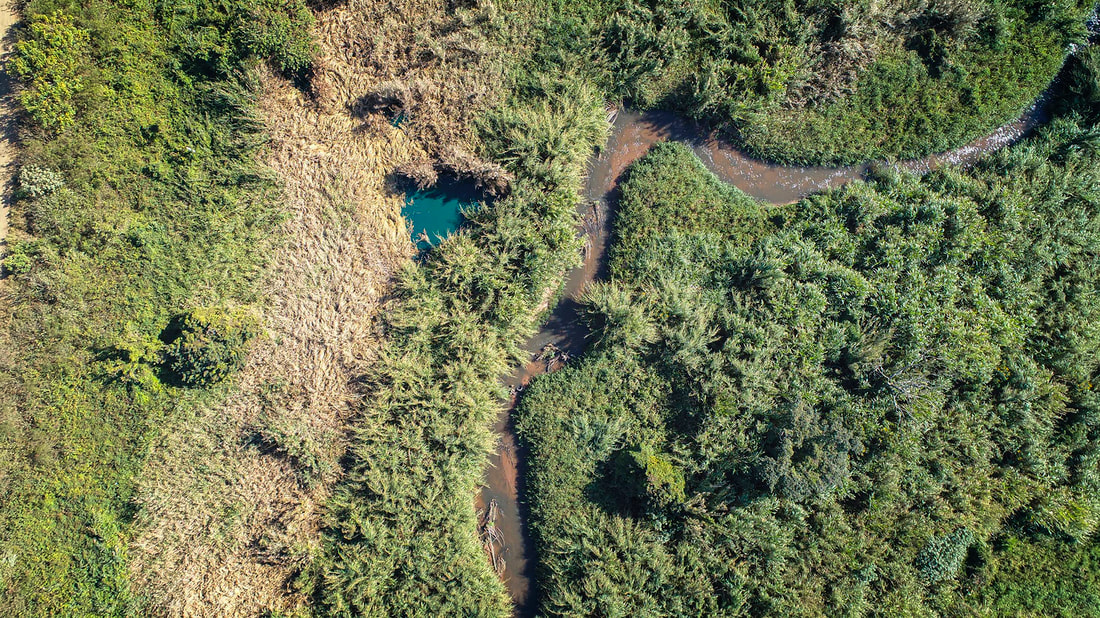
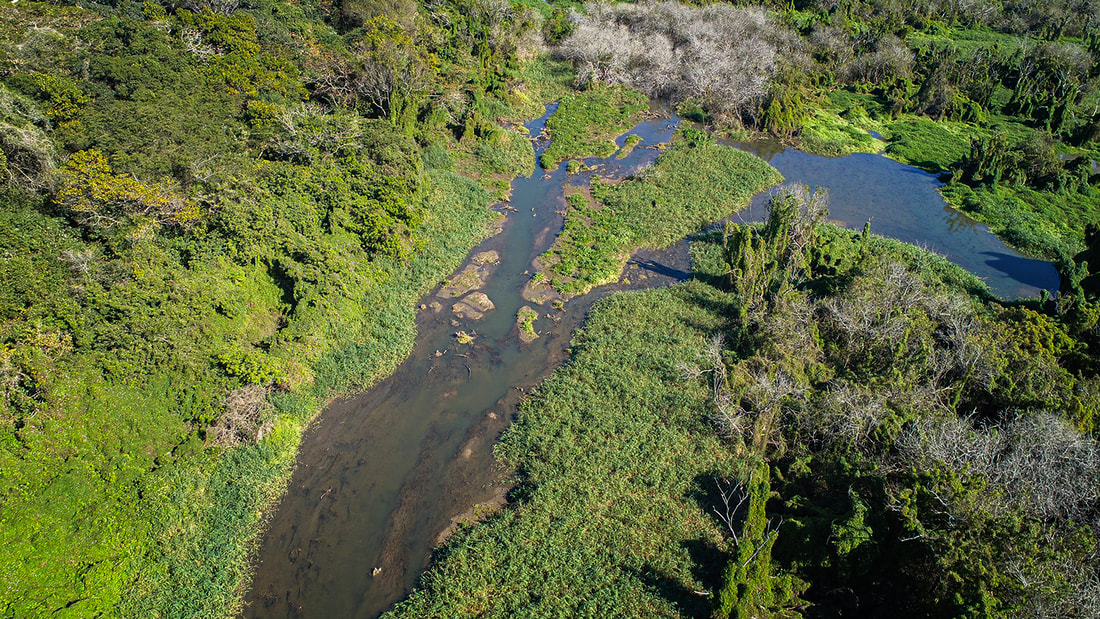

Updated images of the uMhlanga Lagoon. [4th May 2022]
![DeathlyWatersPart2 Lagoon[10thJan.2022]_0663](https://lenstraveller.net/wp-content/uploads/2024/06/DeathlyWatersPart2-Lagoon10thJan.2022_0663.jpg)
![DeathlyWatersPart2 Lagoon[10thJan.2022]_0688](https://lenstraveller.net/wp-content/uploads/2024/06/DeathlyWatersPart2-Lagoon10thJan.2022_0688.jpg)
![DeathlyWatersPart2 Lagoon[10thJan.2022]_0791](https://lenstraveller.net/wp-content/uploads/2024/06/DeathlyWatersPart2-Lagoon10thJan.2022_0791.jpg)
![DeathlyWatersPart2 Lagoon[10thJan.2022]_0809](https://lenstraveller.net/wp-content/uploads/2024/06/DeathlyWatersPart2-Lagoon10thJan.2022_0809.jpg)
![DeathlyWatersPart2 Lagoon[10thJan.2022]_0966](https://lenstraveller.net/wp-content/uploads/2024/06/DeathlyWatersPart2-Lagoon10thJan.2022_0966.jpg)
![DeathlyWatersPart2 [7thJan.2022]_0106](https://lenstraveller.net/wp-content/uploads/2024/06/DeathlyWatersPart2-7thJan.2022_0106.jpg)
![DeathlyWatersPart2 [7thJan.2022]_0385](https://lenstraveller.net/wp-content/uploads/2024/06/DeathlyWatersPart2-7thJan.2022_0385.jpg)
![DeathlyWatersPart2 [7thJan.2022]_0416](https://lenstraveller.net/wp-content/uploads/2024/06/DeathlyWatersPart2-7thJan.2022_0416.jpg)
![DeathlyWatersPart2 [7thJan.2022]_0449](https://lenstraveller.net/wp-content/uploads/2024/06/DeathlyWatersPart2-7thJan.2022_0449.jpg)
![DeathlyWatersPart2 [7thJan.2022]_0488](https://lenstraveller.net/wp-content/uploads/2024/06/DeathlyWatersPart2-7thJan.2022_0488.jpg)
![DeathlyWatersPart2 [7thJan.2022]_0623](https://lenstraveller.net/wp-content/uploads/2024/06/DeathlyWatersPart2-7thJan.2022_0623.jpg)
![DeathlyWatersPart2 [7thJan.2022]_0591](https://lenstraveller.net/wp-content/uploads/2024/06/DeathlyWatersPart2-7thJan.2022_0591.jpg)
![DeathlyWatersPart2 [7thJan.2022]_0636](https://lenstraveller.net/wp-content/uploads/2024/06/DeathlyWatersPart2-7thJan.2022_0636.jpg)
Join LensTraveller On A Journey Of Discovery. Stay updated with the latest travel adventures, inspirations and insights.
*By subscribing you agree to our Terms &Conditions and Privacy & Cookies Policy.
























